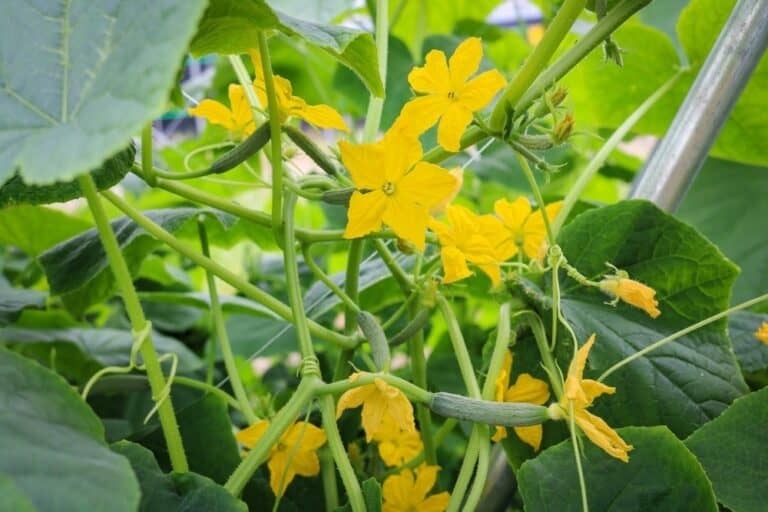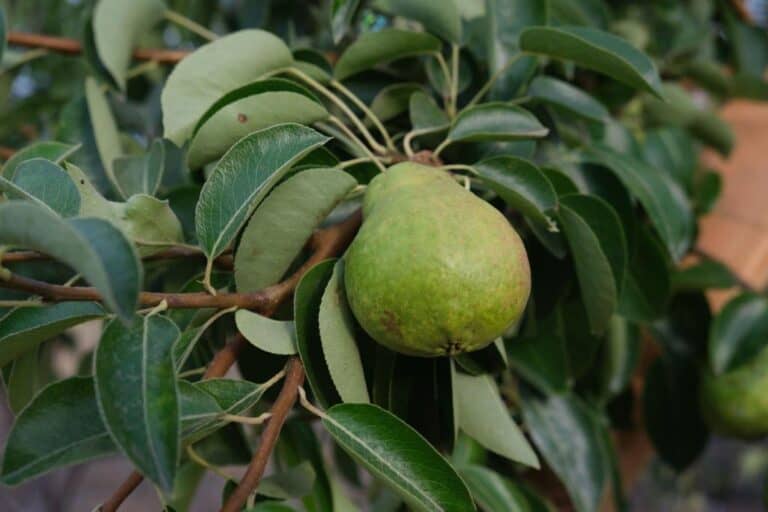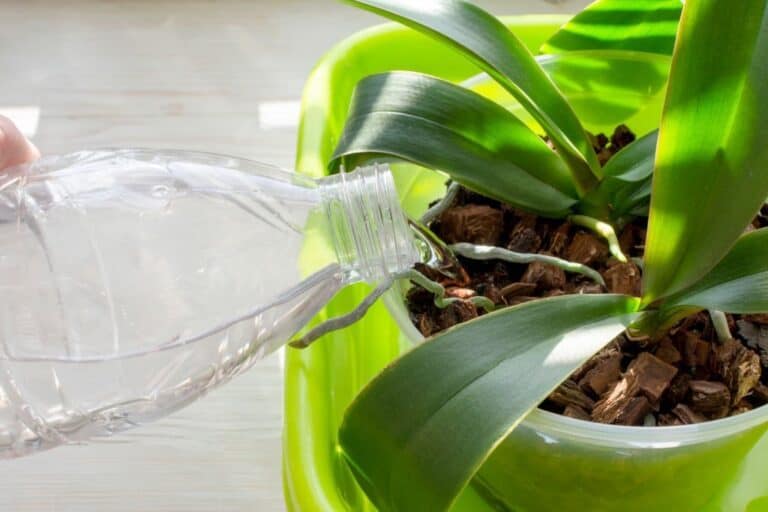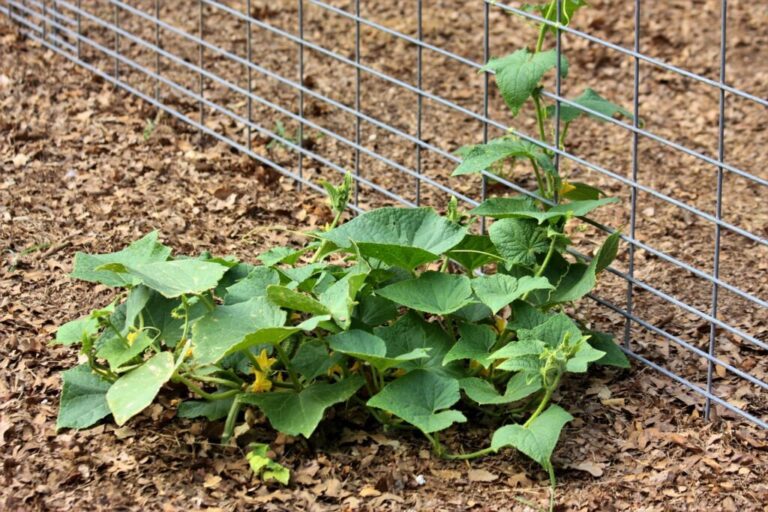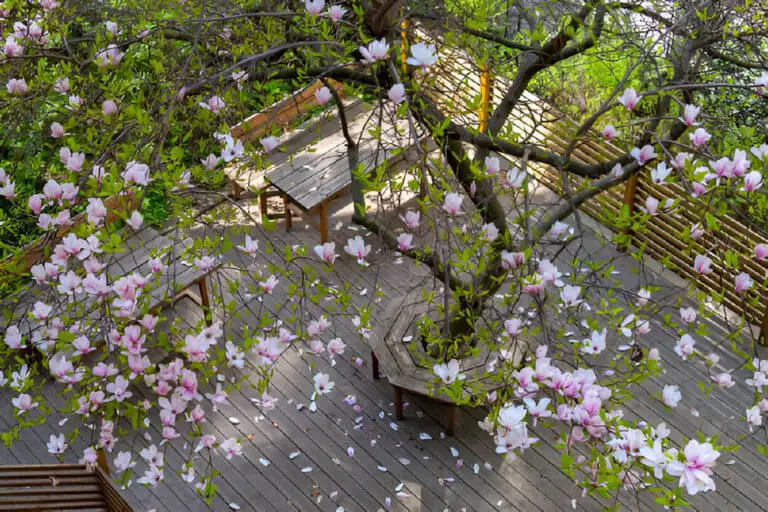The Best Fertilizing Methods to Make Your Indoor Orchid Plant Bloom
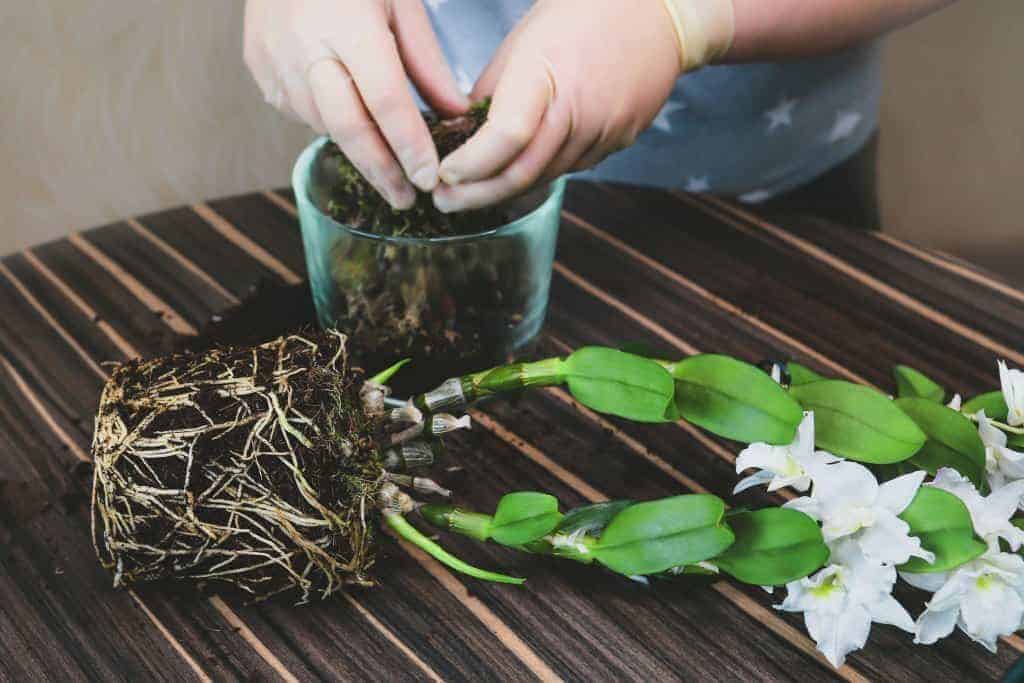
When it comes to houseplants, orchids top the list as one of the most finicky. They are particular about their light, water, and soil conditions. But with the right care, you can get your indoor orchid plant to bloom. Fertilizing is key to getting those beautiful blooms, and there are a few methods you can use to make your orchid thrive.
Apart from water, in order for orchids to thrive and become all they can be, they need nutrition in the form of fertilizer. They don’t need as much as most other plants, but they need it, and you need to be careful because too much of a good thing could burn their sensitive roots.
Once you understand more about fertilizing and get comfortable with it, you’ll know how to make orchids bloom. By feeding your orchids well, they will be healthier and happier. They will reward you with many more beautiful blooms and strong, lovely leaves!
Do Orchids Need Fertilizer?
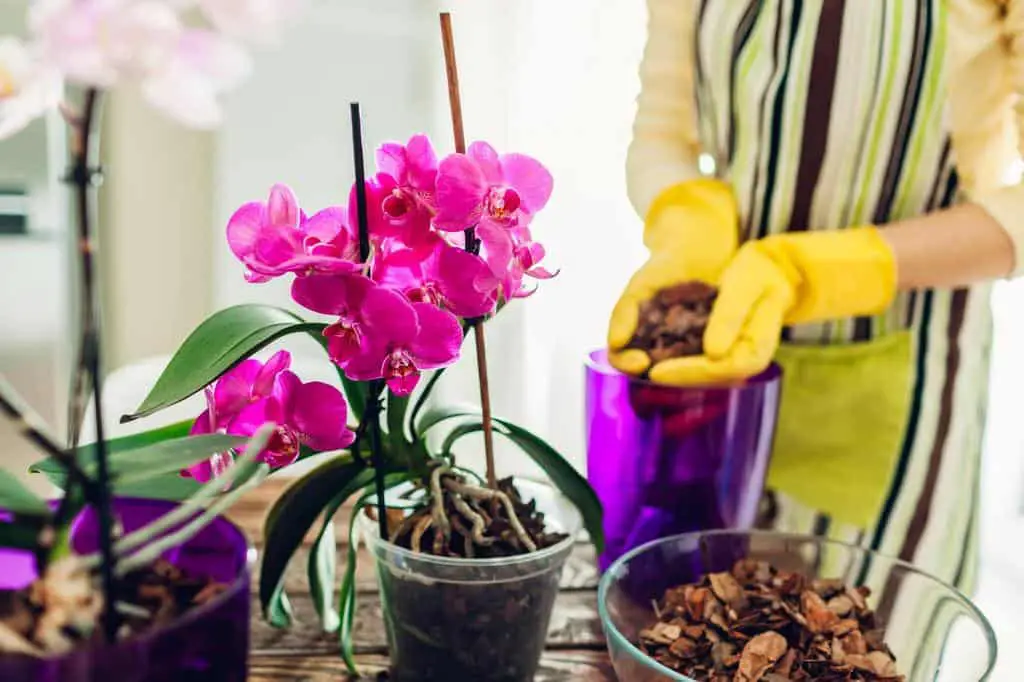
If you want your orchid to thrive, you may be wondering: do orchids need fertilizer? The answer is yes, but there are a few things to keep in mind when fertilizing your orchid.
- First, it’s important to use a fertilizer that is specifically designed for orchids. This type of fertilizer will have the right mix of nutrients that orchids need.
- Second, you’ll need to fertilize your orchid regularly. Yes, orchids need fertilizer, but not as much as other plants. A good rule is to fertilize once a week in the growing season and once every other week in winter. Then, allow for a dormant period. Too much fertilizer can damage the foliage of these delicate plants.
- Finally, be sure to follow the instructions on the fertilizer label carefully. Over-fertilizing can actually harm your orchid, so it’s important to exercise caution.
Signs that Your Orchid Isn’t Getting Enough Fertilizer
If you’re an orchid enthusiast, you know that these beautiful flowers require a delicate balance of nutrients to stay healthy. Here are a few signs that your orchid isn’t getting enough fertilizer:
- The leaves are yellowing or have brown spots.
Lack of water and fertilizer can turn orchid leaves yellow. On some occasions, there will be random brown spots on the leaves.
- The growth is stunted.
Orchid growth is stunted when the plant doesn’t receive the right nutrients. In order to thrive, orchids need a specific type of fertilizer that contains nitrogen, phosphorus, and potassium. Without the right fertilizer, orchids will not be able to bloom, and their leaves will turn yellow.
- The flowers are small or fewer in number than usual.
Orchid flowers are typically small and require fertilizer in order to bloom. Without the proper nutrients, orchids may produce fewer flowers than usual. You can over-fertilize an orchid. But, under-fertilizing is more common. It can cause stunted growth and chlorosis (yellowing of leaves).
If you notice any of these signs, it’s time to give your orchid a little extra fertilizer. Luckily, it’s easy to correct this problem and get your orchid back on track!
When Orchids Bloom, Do You Fertilize Them?
When it comes to orchids, there are a lot of questions surrounding the best way to care for them. One of the most common questions is whether or not you should fertilize orchids when they are in bloom.
The answer to this question depends on the type of orchid you have. If you have a Phalaenopsis orchid, you should not fertilize it when it is in bloom because it can cause the flowers to fade, thus damaging the bloom.
However, if you have another type of orchid, you can fertilize it when it is in bloom, as long as you use a light orchid fertilizer.
Can I Feed My Orchids Regular Plant Food?
If you have an orchid, you may be wondering if you can use regular plant food on it. The answer is yes. You can use regular plant food or fertilizer instead of orchid food (orchid fertilizer) on your orchid.
However, there are a few things to keep in mind. First, orchids require a very dilute fertilizer solution. Too much fertilizer can burn the roots of the plant and cause the leaves to turn yellow. Second, it is best to use a fertilizer that is specifically designed for orchids. Phalaenopsis orchids, for example, require a different type of fertilizer than other types of orchids.
This is because orchids are very sensitive to fertilizer and too much can damage them. When using fertilizer on your orchid, be sure to follow the directions on the package and only use a very small amount.
Fertilizing Methods to Make Your Indoor Orchid Plant Bloom
Basically, fertilizers come in several forms; slow-release, granular, tablets, sticks, and liquids. For orchids that are living indoors, your best bet is going to be to use either a liquid or a slow release fertilizer.
These forms of fertilizer will best distribute nutrients throughout the soil of your indoor orchids to make the soil fertile. Let’s discuss the two preferred methods of fertilizing your indoor plants.
Method #1 – Fertilizing The Slow-Release Way
You’ll find your slow-release type of fertilizer under the names Osmocote and Dynamite. Both of these are small, pearl shaped shells that will slowly release nutrients into the soil of your plant.
This way, you can avoid the danger of overfeeding and possibly burning the roots. You might find these products a bit expensive. But, you will only have to apply them once every few months. Be sure to follow the label, as each product varies.
This method is especially easy. No mixing is needed, so it’s a favorite among gardeners and orchid growers. This is a great method for outdoor feeding as well.
Method #2 – Fertilizing The Liquid Way
Goodness! There are so many different kinds of liquid fertilizers that it is impossible for me to talk about all of them now.
The most important thing you need to know is that they are added to your watering container in the manner instructed on the label of the brand you choose. They are very easy to mix with your water and will give your plants a regular amount of nutrients controlled by you.
Again, you might consider these a little costly, but you only use small amounts… so they do last a good while also.
There is so much more ground to cover in trying to learn how to make orchids bloom. There is so much interesting information on the macronutrients in fertilizers and the special functions each one has. But for now, I hope I have left you with a bit of knowledge to get you started. Go ahead, choose one of the above methods, and start getting your pretty orchids well-fed. They’ll love you for it!
Conclusions
In conclusion, indoor orchid plants can bloom with the right fertilizing method. Your orchid plant needs nutrients to thrive. Give it a balanced orchid fertilizer and apply it correctly. With a little patience and care, you can enjoy beautiful blooms indoors all year.
If you are an indoor orchid grower, you know that getting your plant to bloom can be a challenge. But with the right fertilizing methods, you can encourage your orchid to bloom indoors. Here are the best fertilizing methods to make your indoor orchid plant bloom: Fertilizing the Slow-Release Way and Fertilizing the Liquid Way

